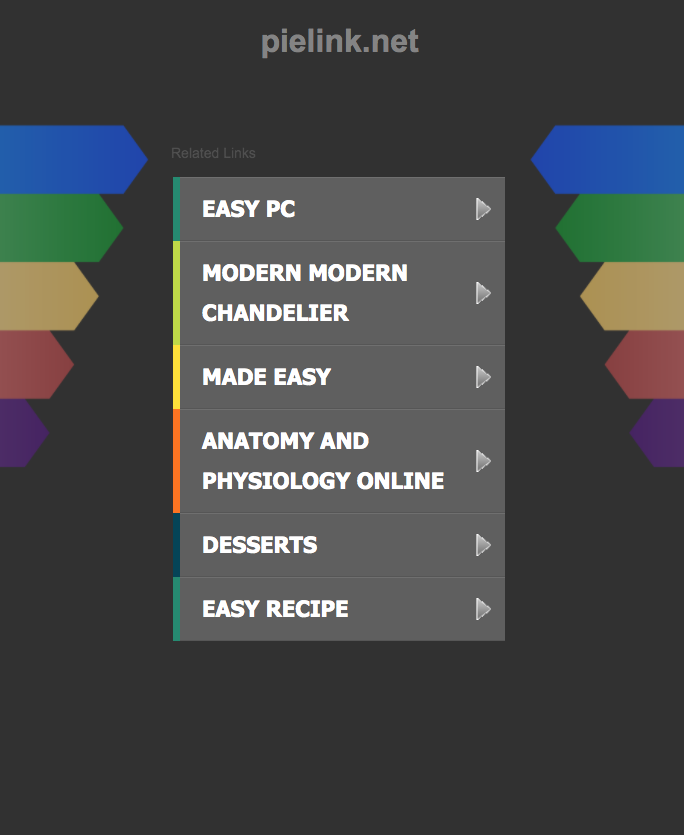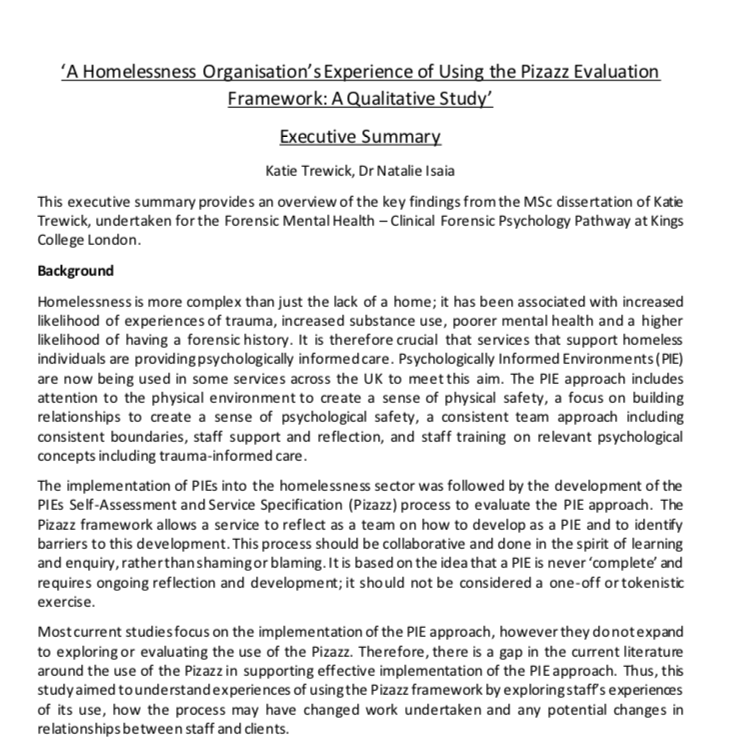There is and can be no one single ‘proper’ form of research in an issue as multifaceted as complex needs, or as multi-dimensional as the PIE approach. Here we will use the British Science Association’s definition of science, as any form of enquiry with an aspiration for disciplinary rigour and peer-to-peer accountability.
NB: Most of the actual examples that we have of effective research are available as papers or video on the PIElink, and therefore not for the moment accessible. Hopefully this will be resolved before much longer – but it is taking a very long time….

For the moment, however, we can make a start by suggesting here some of the more useful approaches to research per se, that seem most compatible with the PIE approach. Here we give a few examples of perspectives that seem to be legitimate attempts to explore one or another facet of the issues we encounter.
The 2017 PIEs Research and Evidence conference – at which the working party to develop what later became PIEs 2.0 was launched – began with a challenge FOR research, from Robin Johnson
At that same conference, there was a very useful presentation from Juliette Hough and Becky Rice on ‘Conducting research and evaluation…. in a person- centred way’
Some months earlier, Zack Ahmed had given an outline of the research he was conducting, using participatory evaluation with drug and alcohol service users in East London.
video of Zack Ahmed
in this short (pre-publication) draft, Katie Treweek and Natalie Isaia describe the impact of using the Pizazz (on paper) to enhance the development of PIEs in a group of homelessness services.

………………………………………………………………..
Prepared initially for a PIE leads training course (‘On PIEs, Pizazz and the PIE Abacus’) that was never completed, here Robin Johnson suggests the ways in which the PIE Abacus software might provide researchers with an entirely new approach in ‘reclaiming the middle ground’: between small-scale, intimate and context-rich studies and large-scale standard-measurement quantitative research
………………..